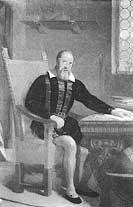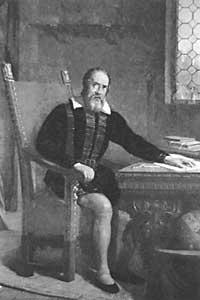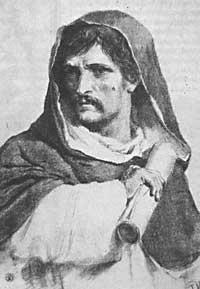Eppur if where muove
1993/01/01 Elhuyar Zientzia Iturria: Elhuyar aldizkaria
Galileo was right. This was stated by the Vatican. The inquisitive process that Galileo Galilei suffered in 1633 forced him to reject his heliocentric theory. Galileo knew he could not resist and, after making the recognition that the Inquisition had requested, he said “eppur si muove” (“though it moves”).

It has been 359 years and the Vatican has finally recognized that Galileo's theory was correct. The decision was made by a commission created in 1979 by the Pontifical Academy of Sciences.
According to the decision, Galileo was right, but the Inquisition also acted in “good faith.” Moreover, the fact that Galileo had no clearer evidence indicates that he legitimizes the behavior of the Inquisition. In short, in one hand they had only the description of the generic creation and in the other the reasoning of Galileo. Between them, and since Galileo's tests were not entirely sure, they had no choice but to bet on orthodoxy. This is what the commission has resolved.
For many the Catholic Church has lost the historical opportunity, because following the reasoning they have used, the only solution of science is to act from black to white or vice versa. If there is no other way to question what orthodoxy says than to present hard arguments and conclusive evidence, it is difficult to advance in any field of knowledge. We have studied heliocentric theory, but it does not seem that we have acquired any other form of learning. Not at least the Churches! On this occasion “eppur si non muove” Galileo would say quietly.

Gai honi buruzko eduki gehiago
Elhuyarrek garatutako teknologia






